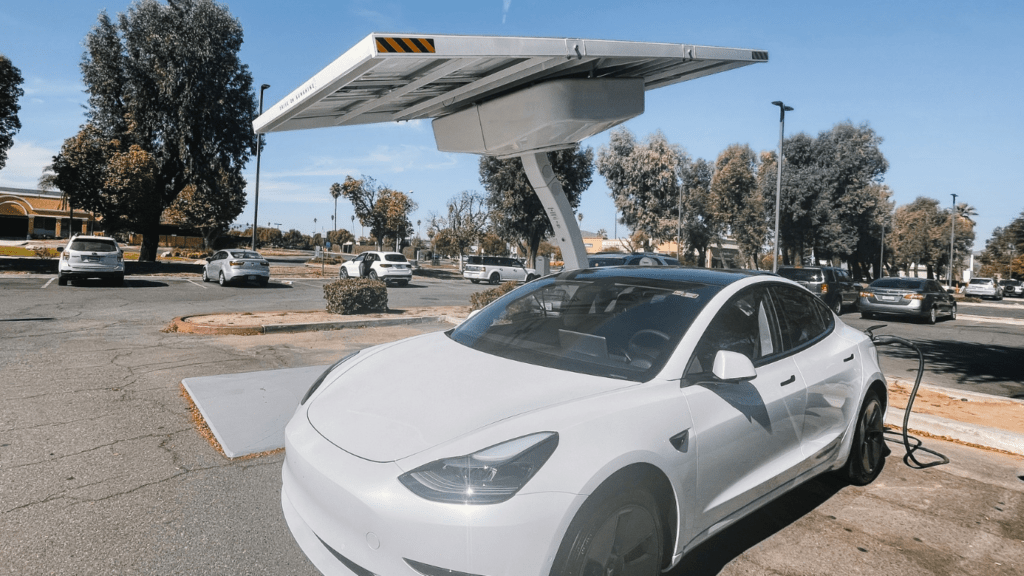Overview of Green Transportation Options
Eco travelers can choose from a range of green transportation options designed to minimize environmental impact while enhancing travel experiences.
Benefits of Eco-Friendly Travel
Traveling green reduces carbon emissions and lowers the individual’s ecological footprint. It supports sustainable development, which preserves natural resources and promotes cleaner air.
Eco-friendly travel also often leads to cost savings, with options like biking and public transit being more affordable compared to car rentals or flights. Additionally, traveling sustainably fosters a closer connection to local cultures and environments.
Types of Green Transportation
Eco travelers have several green transportation options to choose from:
- Electric Bikes: Perfect for short distances, electric bikes offer a convenient and eco-friendly way to explore cities. They reduce reliance on fossil fuels and provide a low-impact exercise option.
- Public Transit: Buses, subways, and trams run on electricity or biofuels, reducing per-passenger emissions significantly. Public transport can be efficient and cost-effective in urban settings.
- Hybrid and Electric Cars: Suitable for longer journeys, these vehicles emit fewer pollutants compared to traditional gasoline-powered cars. They offer the convenience of cars with the added benefit of reduced fuel consumption.
- Walking: The most eco-friendly option, walking contributes zero emissions and enhances personal health. It provides the added benefit of truly experiencing local communities.
- Solar-Powered Trains: These trains harness solar energy, making them one of the cleanest forms of long-distance travel. They combine innovation with sustainability, enabling travelers to cover larger distances with minimal ecological impact.
- Carpooling and Ride-Sharing: These options reduce the number of vehicles on the road, cutting down on traffic congestion and emissions. Popular ride-sharing apps facilitate easy coordination among travelers.
Each of these options not only helps reduce the traveler’s carbon footprint but also transforms the travel experience into a more sustainable and rewarding journey.
Cycling: The Zero-Emission Choice
Cycling provides an excellent way to explore destinations while minimizing environmental impact. As a zero-emission mode of travel, biking offers unique experiences for eco travelers.
Benefits of Biking
Biking reduces carbon footprints considerably. For instance, a cyclist emits zero carbon dioxide when traveling, unlike cars or buses.
Additionally, biking promotes physical fitness which enhances overall well-being. It offers flexibility in exploring remote or hidden attractions inaccessible by larger vehicles. Biking also reduces congestion in crowded cities.
Best Bike-Friendly Cities
Several cities worldwide have embraced cycling for its eco-friendly benefits. Amsterdam, with over 500 miles of bike paths, remains a top choice.
Copenhagen follows closely, where bikes outnumber cars by fivefold. Portland, Oregon, offers extensive cycling infrastructure and scenic routes. In Asia, Tokyo features safe, designated bike lanes promoting cycling culture.
Electric Vehicles: Traveling with Reduced Carbon Footprint

Electric vehicles (EVs) offer eco travelers a way to explore destinations with a significantly reduced carbon footprint. EV technology has advanced rapidly, making these vehicles a viable and sustainable travel option.
Advancements in EV Technology
Electric vehicles have seen remarkable improvements in recent years. Battery technology now allows for longer ranges, with many models reaching over 300 miles on a single charge.
Charging infrastructure has expanded, with fast-charging stations available in most urban areas. Advanced regenerative braking helps extend battery life by converting braking energy into electricity.
Automakers invest in lightweight materials to improve efficiency and performance. Integrated smart systems offer real-time data on traffic and energy consumption for optimal route planning.
How to Access EVs on Trips
Accessing EVs when traveling can be straightforward. Many rental companies now offer electric vehicle options in their fleets. Apps like Turo let users rent EVs directly from owners.
Car-sharing services, such as Zipcar and Car2Go, include electric options in various cities. Public charging stations are easy to locate using apps like PlugShare and ChargePoint.
Several hotels and resorts offer EV charging as an amenity for guests. Pre-booking an EV and planning charging stops can ensure a seamless and eco-friendly travel experience.
Integrating electric vehicles into travel plans supports sustainable practices and reduces environmental impact while providing a modern and efficient mode of transportation.
Public Transit Solutions
Public transit provides efficient, eco-friendly modes of transportation for eco travelers. Using public transit reduces emissions and promotes sustainability.
Eco Benefits of Public Transport
Public transport lowers individual carbon footprints. Buses, trains, and trams (examples of public transport) carry many passengers at once, reducing the number of individual vehicles on roads.
According to the American Public Transportation Association, public transit saves the U.S. approximately 37 million metric tons of carbon dioxide emissions annually. Beyond emission reduction, public transit systems use energy more efficiently than cars.
Examples of Eco-Friendly Public Transport Systems
Numerous cities have exemplary eco-friendly public transport systems. Curitiba’s Bus Rapid Transit (BRT) system in Brazil serves as a model, combining fast transit with reduced emissions.
In Europe, cities like Amsterdam and Copenhagen prioritize bicycles and light rail. Hong Kong’s Mass Transit Railway (MTR) boasts a 99.9% on-time rate, emphasizing efficiency and sustainability.
In the U.S., San Francisco’s Bay Area Rapid Transit (BART) uses electricity, significantly cutting down on pollution compared to traditional transit options.
Innovative Green Transportation Trends
Innovation drives new trends in green transportation, offering eco travelers more sustainable and efficient options. Cutting-edge technologies reshape travel, making it greener and more efficient.
Hyperloop and Its Impact on Eco Travel
The Hyperloop system, a revolutionary form of transportation, offers high-speed travel using reduced energy. Elon Musk’s vision led to the development, which promises to cut travel times significantly.
Vacuum tubes and magnetic levitation propel pods at speeds of up to 760 mph, using far less energy than airplanes. This innovation has the potential to drastically reduce carbon emissions and enhance eco-friendly travel for long distances.
Solar-Powered Vehicles
Solar-powered vehicles use photovoltaic cells to harness sunlight, converting it into electric energy. Companies like:
- Tesla
- Lightyear
are already producing cars with solar panels integrated into the design, extending the range without relying solely on charging stations. These vehicles reduce reliance on fossil fuels and offer a cleaner alternative for daily commutes and long trips.
 Edward Kindler - Eco-Tourism Advocate & Contributor at Green Commerce Haven
Edward Kindler is a passionate eco-tourism advocate and a dedicated contributor to Green Commerce Haven. With a background in sustainable travel and a deep love for nature, Edward specializes in sharing insights on eco-tourism tips and environmentally responsible travel practices. His expertise helps guide readers in exploring the world while minimizing their environmental impact. Edward’s contributions to Green Commerce Haven reflect his commitment to promoting travel experiences that honor and protect the natural world.
Edward Kindler - Eco-Tourism Advocate & Contributor at Green Commerce Haven
Edward Kindler is a passionate eco-tourism advocate and a dedicated contributor to Green Commerce Haven. With a background in sustainable travel and a deep love for nature, Edward specializes in sharing insights on eco-tourism tips and environmentally responsible travel practices. His expertise helps guide readers in exploring the world while minimizing their environmental impact. Edward’s contributions to Green Commerce Haven reflect his commitment to promoting travel experiences that honor and protect the natural world.
